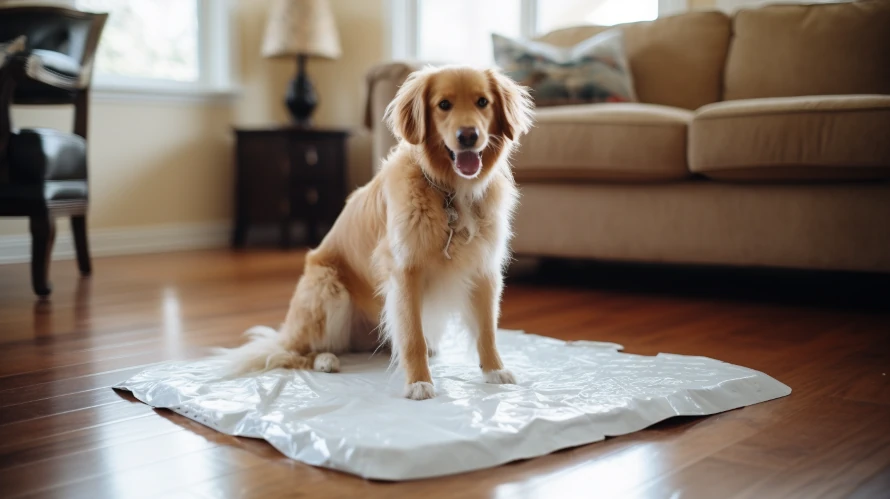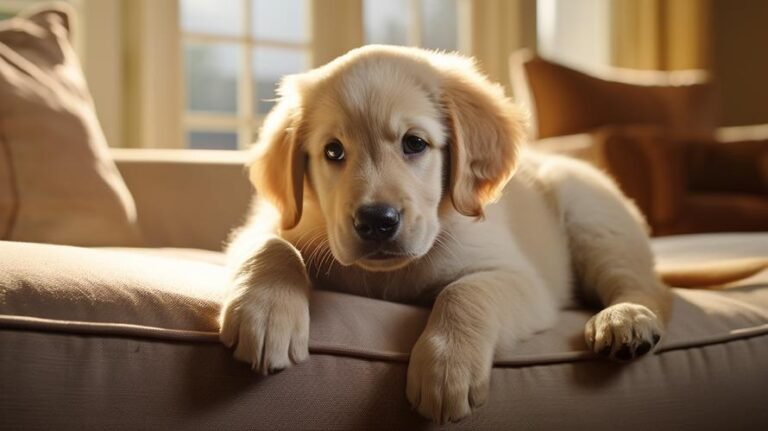Imagine being entrusted with a delicate yet compact machine whose job is to discover and absorb every tiny detail of its environment. Not only that, but this machine is also fully equipped with a language of its own, an intellect that never stops exploring, and adorable, almost irresistible features that make humans want to snuggle up to it. That’s not the plot of a sci-fi movie — that’s your puppy.
Puppies are an absolute delight; their frolicking, their earnestness, their incessant curiosity are all infectious. But with the adorable tantrums come a few responsibilities. One of the most common being dealing with their pee and poop. New pet owners often use puppy pee pads to manage their toilet training. But how often should you change these pads? Let’s dig deep into the answer and ensure that your puppy stays in a safe and healthy environment.
The pee pad method has been widely adopted due to its convenience and effectiveness for housebreaking young puppies and for easing the lives of pet parents residing in apartments where there’s not always an easy access to outdoors. However, even though these pads make our lives significantly easier, they still require proper maintenance to ensure the overall well-being of your puppy and cleanliness of your home.
There isn’t a ‘one size fits all’ answer as the timing of changing pee pads can differ based on various factors including your dog’s age, health, and breed.
Puppyhood, which typically lasts until about a year, is when dogs frequently urinate, sometimes as often as every hour. At this stage, they haven’t developed full bladder control and it’s essential to change their pee pad every time they go. So, if your puppy goes to pee five times a day, expect to change the pad five times a day. Bare minimum, you should at least change it every day.
As your dog grows and develops better bladder control, you can reduce the number of times you change the pee pad. A healthy adult pet usually requires a change every day or two. However, keep in mind that if the pee pad has been used enough to be wet or soiled, it’s probably time to dispose of it and replace it with a fresh one.
Consider the size and the breed of your puppy too. Some large breeds might outgrow pee pads earlier and would require other methods of toilet training.
However, these are merely guidelines. The most crucial factor that should dictate your pee pad changing routine is your pet’s health. If your dog is sick or has a weak immune system, pee pads should be changed frequently, as often as after each use. This is to ensure that the environment remains as free from bacteria and pathogens as possible, preventing any further compromising of their health.
Pets with urinary incontinence or bladder issues will also need their pads changed frequently due to their irregular urination. This may even require a vet consultation to approach the issue correctly and plan the most suitable pee pad strategy.
Lastly, consider the type of pee pad you are using. Standard pee pads might require more frequent changes as they tend to soak quickly and can create unpleasant odors. On the other hand, some of the pee pads available in the market now have high absorbency rates and control odor much better due to their special materials and design.
Don’t just walk by when you see a used pee pad. Sniffing the air might also give you an idea about when it’s time for a change (not the most pleasant method, but it works!)
In conclusion, maintaining a healthy toilet routine for your pet primarily depends on factors like the pet’s age, health, breed, and the kind of pee pad you’re using. Frequent changes may seem a bit tasking, but remember that consistency is a small price for ensuring your pet’s well-being and cleanliness in your environment. So, take a moment to observe your pet, choose the right products, and establish a routine that works best for both of you. After all, pet companionship is all about adaptation and mutual happiness.
A dog’s need is straightforward. All it wants is love, attention, and a clean place to pee. So next time when you see a pee pad, treat it not as a burden, but as an important accessory aiding your relationship with your lovely pet. It’s just another thing that makes your house a home—a home filled with wagging tails, furry cuddles, sloppy kisses; a home filled with love.



